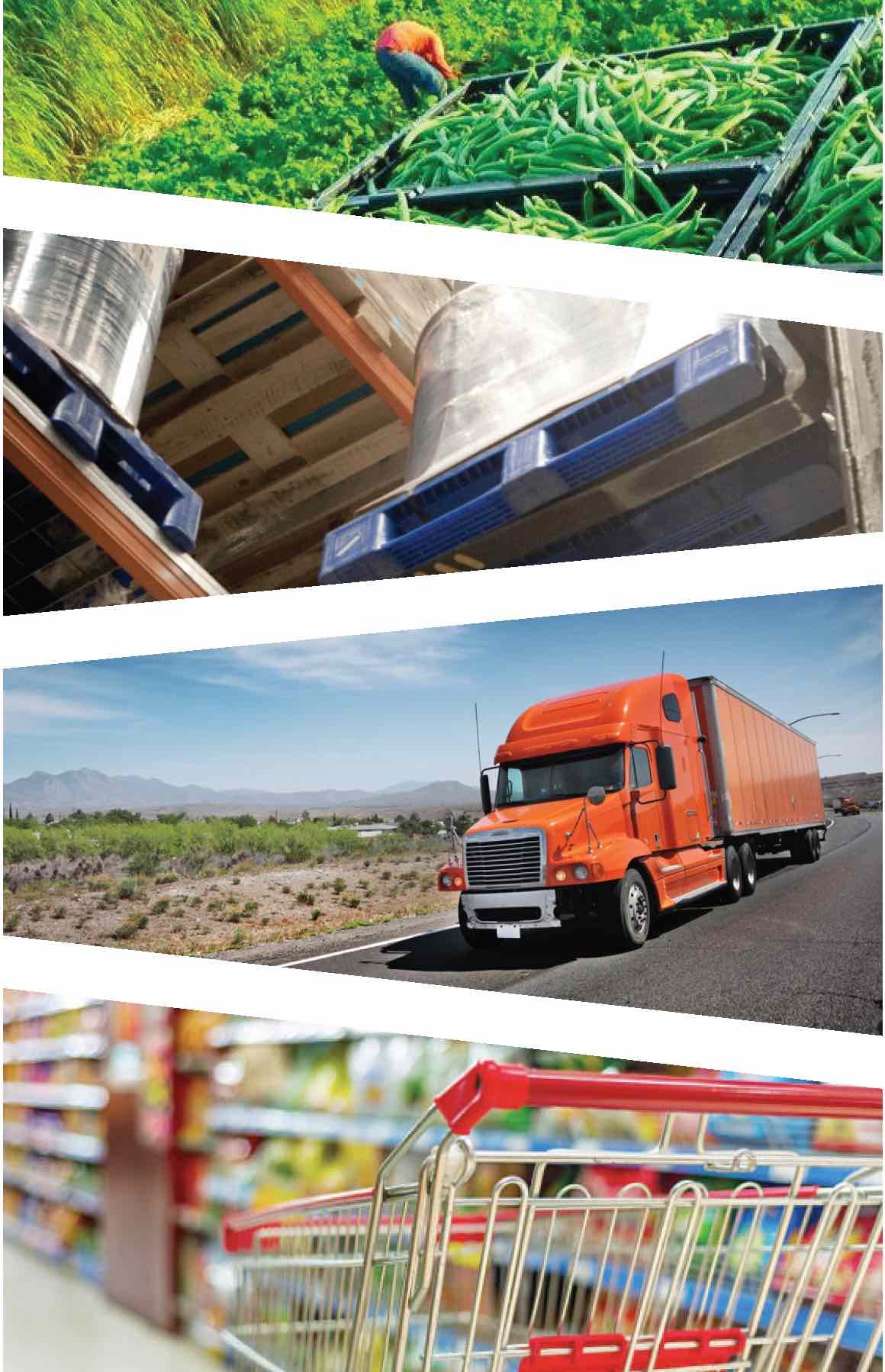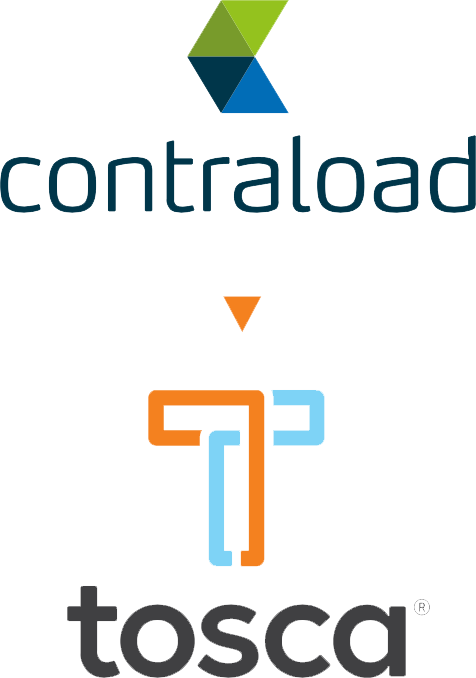Assessing Your Supply Chain: Is Now the Right Time to Automate?
When food supply executives consider how to solve the current labor crisis – while preparing for the supply chain of the future – the buzzword is the same: Automation.
“Whether you go into the store, online and pick that up at the store, or it’s delivered to your house, those different modalities for delivery are causing additional complexity,” said Armentrout, who spent nearly a decade as coordinator for case-ready fresh meats for Kroger. “How do we have the right amount of product available in the right place to be able to meet the customers’ needs?”
On one level, it makes sense to think of innovative ways to reduce the reliance on the labor market when the labor market is at the core of the problem. This belief has left many managers tasked with answering the question, “How fast can we automate our processes to reduce the impact rising labor costs and a tighter labor supply have on our business?”
However, that’s the wrong question to ask, according to Dean Starovasnik, a client partner for enVista, a supply chain and enterprise technology consulting firm. They need to be asking, “ Is now the right time to automate?”
Is Automation For You and Your Business?
The key to any good business model is a great customer experience. Achieving this involves not only meeting customer needs but also anticipating and exceeding them. By doing so, businesses can foster long-term relationships and build a loyal customer base.
Poor supply chain performance can lead to dissatisfied customers, increased costs, and ultimately, lost revenue. As businesses continue to expand globally, it’s not as easy as just scaling your supply chain and automating; scaling customer experiences across different regions is essential to maintaining service.
While automation can streamline processes, improve efficiency, and ultimately enhance the customer experience, it also is important to evaluate the drawbacks of automation and ensure that it aligns with the overall goal of customer enablement and satisfaction.
1. Evaluate current supply chain processes and systems
Describe the operations and processes within your supply chain, including procurement, manufacturing, logistics, distribution, and delivery. This could include acquiring raw materials from a network of global suppliers and vendors, materials processing, product manufacturing, and all the steps in between. Then, list the key areas for improvement in the supply chain based on the current inefficiencies and challenges identified, such as need for organization, lack of visibility, inconsistent supplier relationships, and the need for more updated technology.
Are processes and systems fully optimized? Often, there is „low-hanging fruit“ that can be addressed before automation to save money, such as bringing information systems up to date, addressing inventory management, and optimizing transportation logistics. An upgraded warehouse management system is a must for any company interested in automation and comes with a few ancillary benefits. For example, it improves inventory management to reduce loss and lower operational expenses.
2. Leverage real-time data for demand forecasting
Automation is a huge investment, and should be considered as such. How much demand do you foresee for your business in the next five, ten, fifteen years? Could your business withstand a loss in revenue one year or another pandemic? How is your business structured, and are there other investors your business can fall back on?
Analysts can answer these questions or you can employ software that leverages your real-time business data for demand forecasting. Forecast to your break-even point to see if you’ll see a return on what can be a massive investment.
3. Identify repetitive tasks suitable for automation
By implementing advanced technology such as artificial intelligence, machine learning, and robotic process automation, supply chain professionals can streamline routine operations and free up resources for more strategic activities. However, these processes and technologies are best implemented and used for repetitive tasks.
Key metrics should be used to monitor performance and identify areas for automation. By tracking metrics such as cycle time, lead time, and inventory turnover, organizations can pinpoint bottlenecks and determine which tasks are best suited for automation. This data-driven approach ensures that the right processes are targeted for optimization.
4. Assess automation as a long-term investment of time and money
Despite the benefits that come with automation, after Starovasnik finishes his consultation with his clients, only around 20% of them decide to proceed with automation. A large part of the reason is the upfront costs associated with large-scale automation. Even for successful rapidly growing businesses, the payback in the technology may only come fifteen years or more down the line. Additionally, automation technology may require specific and custom upkeep that can be expensive to maintain and devastating if it’s not functional for even a few days.
Many companies do not have enough regular activity to warrant such massive investments, which can run into the billions of dollars but only lead to labor savings in the hundreds of thousands of dollars each year, according to Starovasnik.
Is Now the Right Time to Automate?
Many benefits come with automation, but every business case is different. Plenty of businesses are not ready or do not have the right processes to truly benefit from automation without incurring significant costs. Growing, well-funded companies with increasing demand and ideal repetitive supply chain processes and systems will find the most success with automation. Still, plenty of businesses find success with less extreme automation solutions such as container and management pooling and using IoT within your supply chain.


